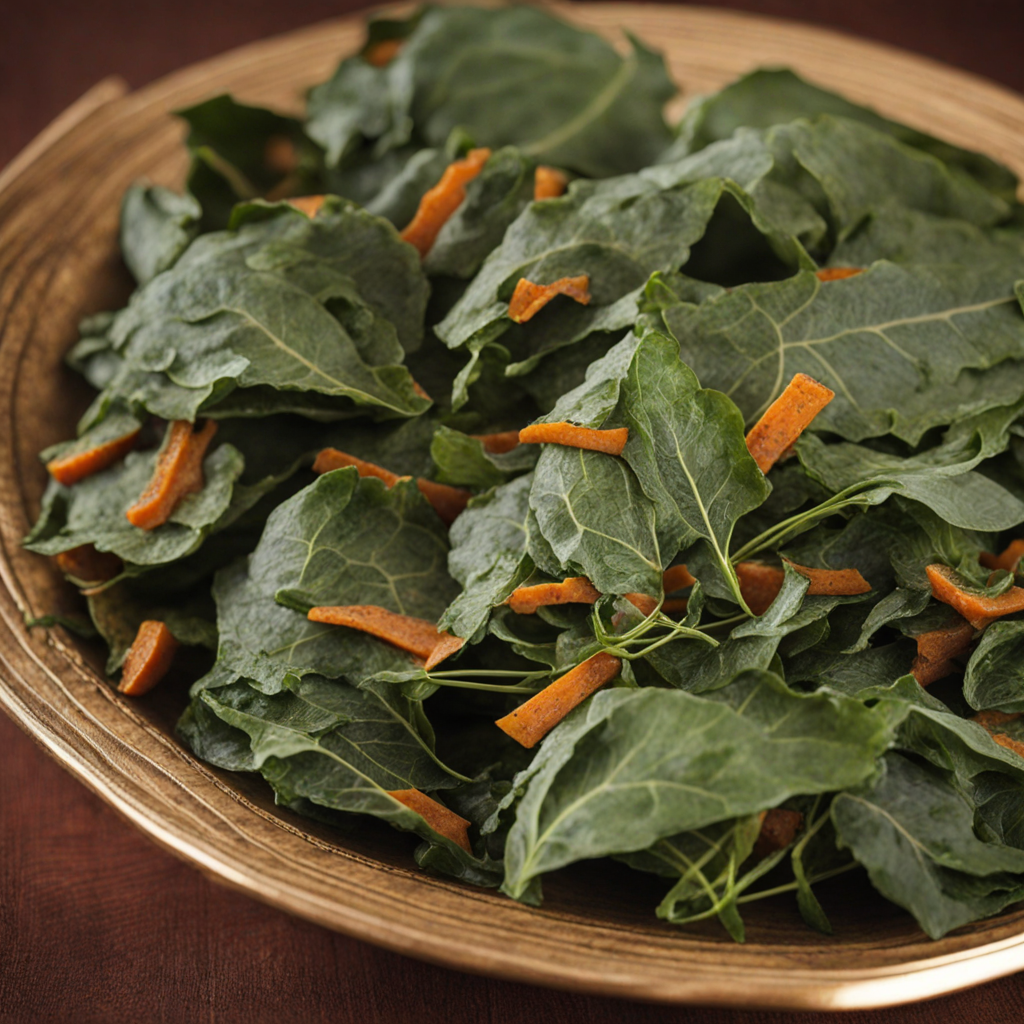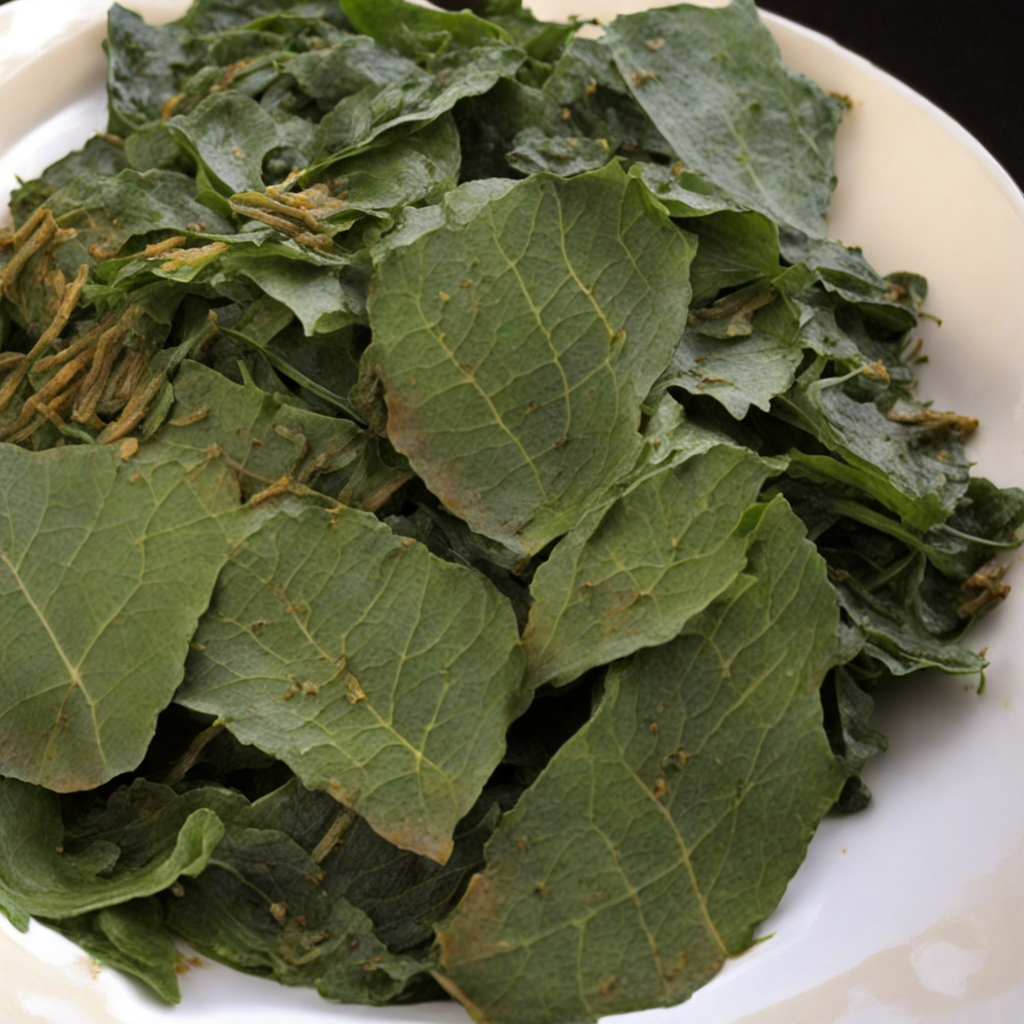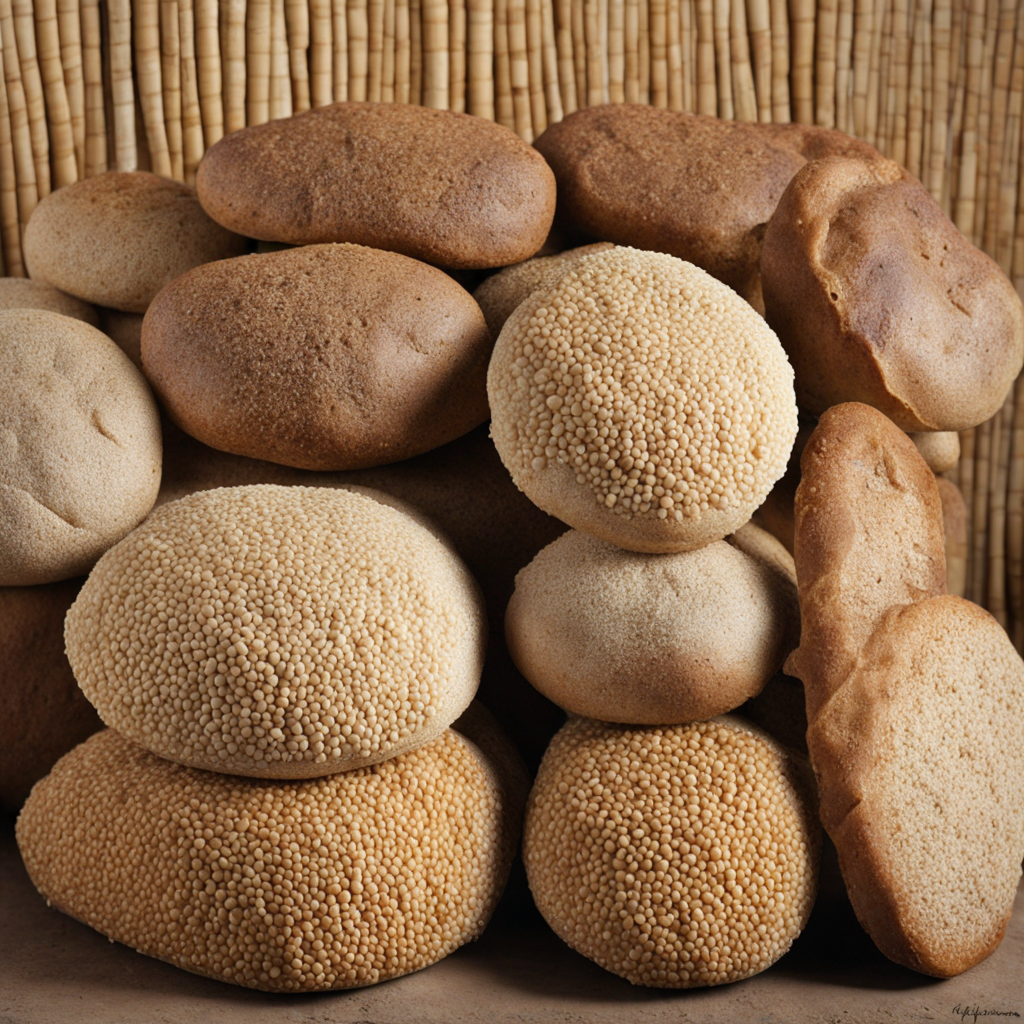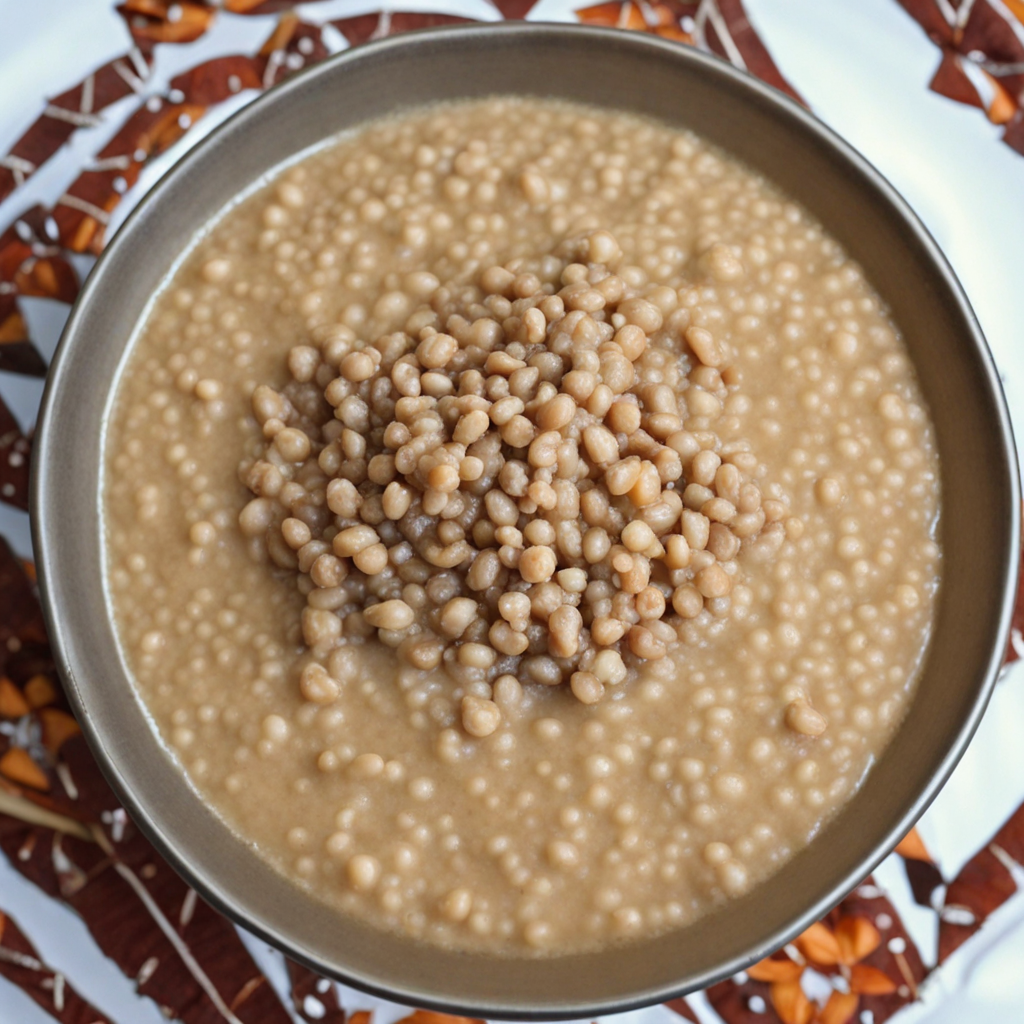Sweet Potato Leaves
Sweet potato leaves, commonly enjoyed in Sudan, offer a unique and vibrant addition to the culinary landscape of the region. These tender, dark green leaves are often characterized by their slightly serrated edges and a rich, earthy flavor that hints at the sweetness of the tuber they come from. When cooked, they become tender and succulent, making them an ideal ingredient for a variety of dishes. The leaves are typically sautéed with spices, garlic, and onions, allowing their natural flavor to shine while absorbing the aromatic notes of the accompanying ingredients. In Sudanese cuisine, sweet potato leaves are often used in stews, soups, and side dishes, where they contribute not only to flavor but also to nutrition. Rich in vitamins A and C, these leaves provide a healthy boost, making them a popular choice among those seeking wholesome, home-cooked meals. The vibrant green color of the leaves adds visual appeal to any dish, creating a delightful contrast with the other colorful ingredients common in Sudanese cooking. The preparation of sweet potato leaves can be simple yet rewarding. They can be steamed, boiled, or stir-fried, and are frequently paired with staples like sorghum, millet, or rice. Some cooks also incorporate them into salads or serve them as a fresh garnish. Their versatility allows for experimentation with various seasonings, from spicy chilies to tangy lemon juice, allowing food lovers to explore a wide range of flavors and textures. For anyone looking to discover a new taste, sweet potato leaves from Sudan promise a delightful culinary adventure.
How It Became This Dish
The Culinary Journey of "أوراق البطاطا الحلوة" (Sweet Potato Leaves) in Sudan #### Origins and Botanical Background Sweet potato (Ipomoea batatas) is an ancient crop believed to have originated in Central or South America over 5,000 years ago. It was domesticated by indigenous peoples and eventually spread to various parts of the world, including Africa, through trade and colonization. In Sudan, the sweet potato is cultivated for both its tubers and its leaves, the latter being a staple in local cuisine known as "أوراق البطاطا الحلوة" (Sweet Potato Leaves). The climate of Sudan, characterized by its warm temperatures and varying rainfall, is conducive to growing sweet potatoes. The plant thrives in rich, well-drained soil, making it an ideal crop in the diverse agricultural zones of Sudan. Over time, the cultivation of sweet potatoes has been incorporated into the agricultural practices of various ethnic groups, each contributing to the cultural significance surrounding its leaves. #### Cultural Significance In Sudanese culture, food is not just a means of sustenance; it is a vital aspect of social life, identity, and tradition. Sweet potato leaves have a unique place within this intricate tapestry. Traditionally, they are harvested during the rainy season when the leaves are lush and tender. The harvesting of these leaves is often a communal activity, bringing families and neighbors together to gather and share their bounty. This communal aspect reinforces social bonds and fosters cooperation within communities. Sweet potato leaves are valued not only for their nutritional benefits but also for their versatility in cooking. They are rich in vitamins A and C, calcium, and iron, making them a vital component in the diet of many Sudanese people, particularly in rural areas where access to a variety of foods may be limited. The leaves can be prepared in numerous ways: they can be stewed, sautéed, or added to soups and stews, often accompanied by grains like sorghum or millet, which are staples in Sudanese cuisine. #### Traditional Preparations One of the most beloved ways to prepare sweet potato leaves in Sudan is through a dish called "mulukhiyah," a green soup made from the leaves of the jute plant. While traditionally associated with jute, many households enhance this dish by adding sweet potato leaves, infusing it with a unique flavor and texture. The dish embodies the Sudanese philosophy of resourcefulness—using what is available to create nourishing meals. Another popular method of preparing sweet potato leaves is by sautéing them with onions, garlic, and spices, creating a flavorful side dish that complements a variety of main courses. The leaves can also be dried and preserved for later use, a practice that reflects the ingenuity and adaptability of Sudanese culinary traditions. This preservation method allows families to enjoy the nutritional benefits of sweet potato leaves even in the dry months when fresh produce is scarce. #### Evolution and Modern Context With the passage of time, the significance of sweet potato leaves in Sudanese cuisine has evolved, particularly in the context of globalization and changing dietary patterns. In recent years, there has been a growing awareness of the nutritional value of sweet potato leaves, leading to a resurgence of interest among health-conscious individuals and chefs alike. This renewed appreciation has prompted some urban dwellers to incorporate sweet potato leaves into modern dishes, blending traditional Sudanese flavors with contemporary culinary techniques. Additionally, the globalization of food culture has led to the introduction of sweet potato leaves into international cuisine. Chefs and food enthusiasts from different parts of the world have begun to explore this underappreciated green, incorporating it into salads, smoothies, and stir-fries. This fusion not only highlights the versatility of sweet potato leaves but also serves to elevate Sudanese culinary heritage on the global stage. #### Agricultural Challenges and Sustainability Despite their cultural significance and nutritional benefits, the cultivation of sweet potato leaves in Sudan faces challenges. Climate change, desertification, and economic instability can threaten agricultural practices and crop yields. Farmers are increasingly confronted with unpredictable weather patterns, which affect the growth and harvest of sweet potatoes and their leaves. In response to these challenges, various agricultural initiatives have emerged, focusing on sustainable farming practices and crop diversification. Organizations are working with local farmers to promote resilient agricultural techniques, ensuring the continued cultivation of sweet potatoes and their leaves. These efforts not only aim to secure food sources but also to preserve the cultural heritage associated with these crops. #### Conclusion: A Symbol of Resilience "أوراق البطاطا الحلوة" stands as a testament to the rich culinary heritage of Sudan. From its origins as a staple food source to its cultural significance in communal gatherings and everyday meals, sweet potato leaves embody the resilience and resourcefulness of Sudanese people. They are more than just a vegetable; they symbolize a connection to land, community, and tradition. As Sudan continues to navigate the complexities of modernity and globalization, sweet potato leaves remain a vital link to its past, reminding us of the importance of preserving culinary traditions while adapting to new challenges. In every leaf harvested, in every dish prepared, there is a story of survival, community, and the enduring bond between people and the land they cultivate. Whether enjoyed in a traditional stew or a contemporary salad, sweet potato leaves will continue to thrive in the hearts and kitchens of Sudan, embodying the spirit of a culture rich in flavor and history.
You may like
Discover local flavors from Sudan







